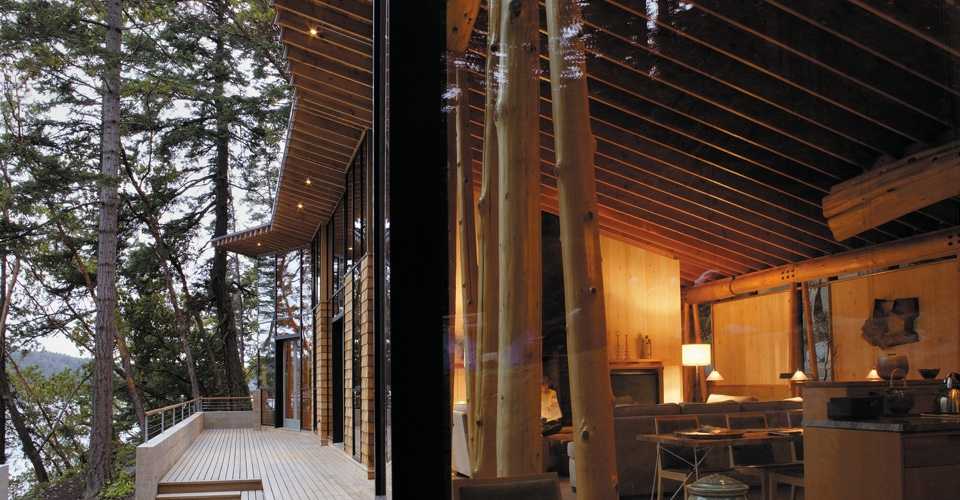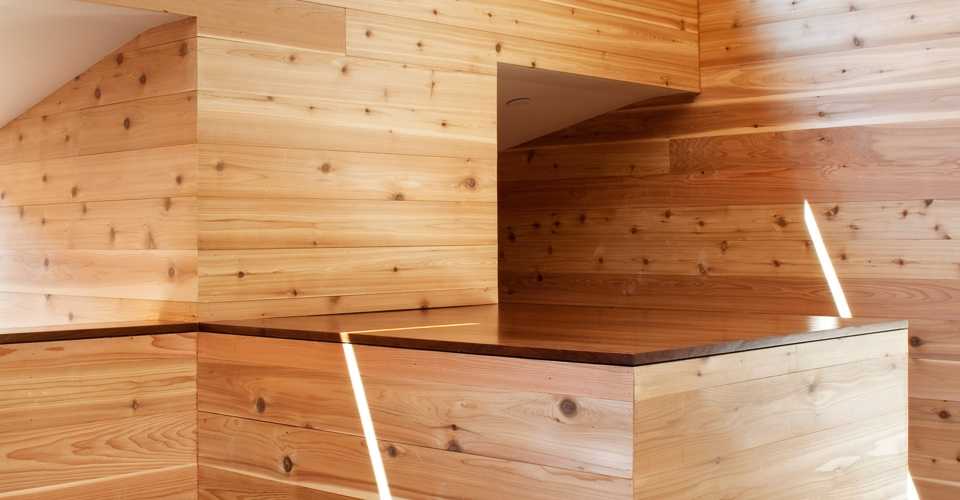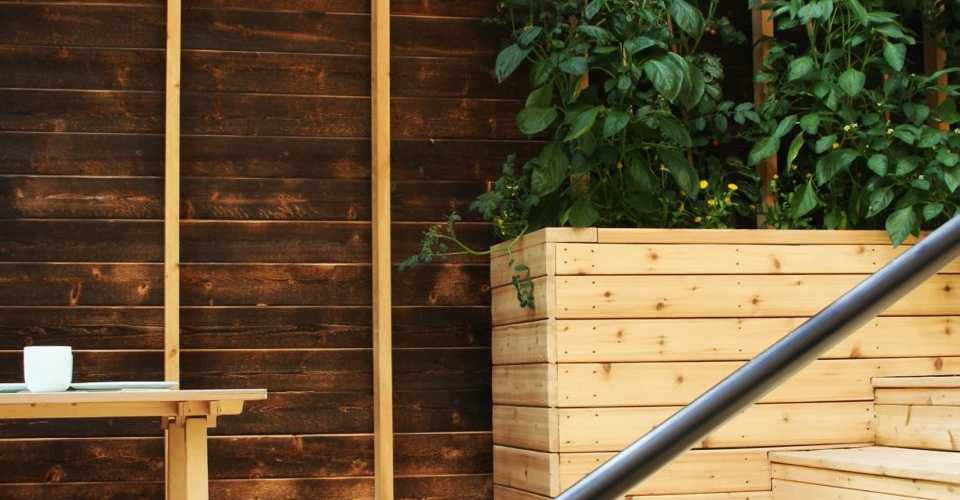why cedar
Back
why use western red cedar?
characteristics & properties of western red cedar
benefits of real cedar
real cedar history
real cedar certification
sustainability & the environment
biophilia
forestry facts
why use yellow cedar?
products
Back
siding
Back
introduction
siding home
siding gallery
design & spec
siding grades
siding calculator
prep & install
preparation
pre-building
tyvek drainwrap
general installation
finish & maintain
choosing a finish
how to finish
care & maintenance
restoration
siding profiles & trim
bevel
trim boards
board & batten
shingle panels
tongue & groove
lap or channel
decking
Back
introduction
decking home
decking gallery
design & spec
decking grades
decking span charts
span tables
decking calculator
prep & install
fasteners
stairs & railings
finish & maintain
choosing a finish
how to finish
care & maintenance
restoration
deck projects
roof deck
ground level deck
raised deck
uphill sloping lot deck
outdoor
Back
introduction
outdoor home
outdoor gallery
design & spec
diy plans
pre-built kits
design tips
span tables
prep & install
preparation
fasteners
finish & maintain
choosing a finish
how to finish
care & maintenance
restoration
fences
fence construction
fence specifications
pre-built fence panels
indoor
Back
introduction
indoor home
indoor gallery
design & spec
design tips
prep & install
preparation
finish & maintain
how to finish
care & maintenance
indoor projects
saunas
doors & windows
tongue & groove paneling
blinds & shutters
timbers
Back
introduction
timbers home
timbers gallery
design & spec
grades & specs
span tables
prep & install
preparation
installation
finish & maintain
how to finish
care & maintenance
restoration
diy projects
membership
Back
our members
Back
executive members
retailers
partners
tertiary manufacturers
certified cedar distributors
certified cedar distributors - usa
certified cedar distributor - canada
architects
international associates
why become a member?
membership levels
membership benefits
membership faq
cedar school registration
join the wrcla!
member support
resources
Back
gallery
videos
blog
documents
*new* yellow cedar
gallery
about us
architects & builders
member login
USA & Canada
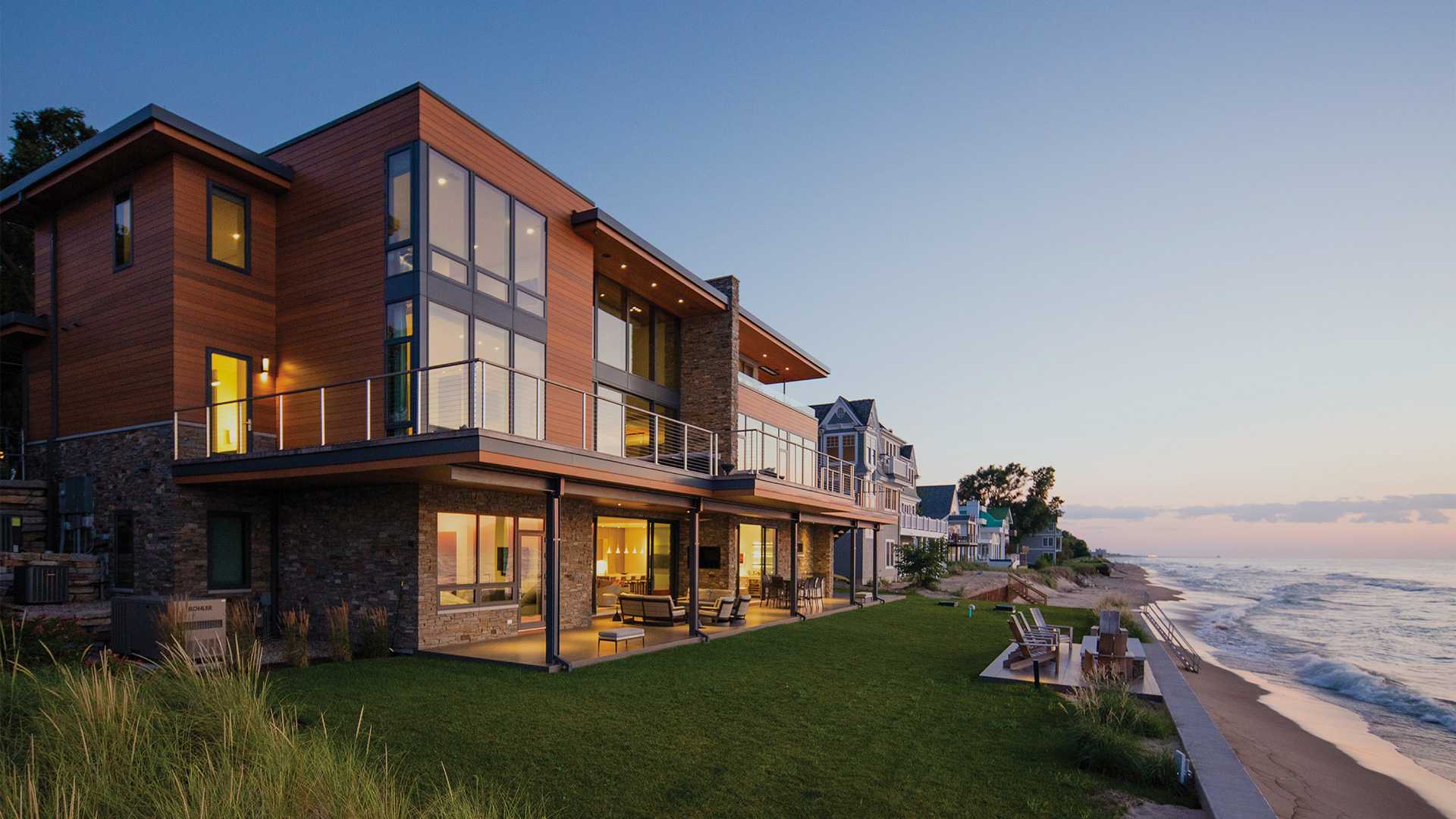
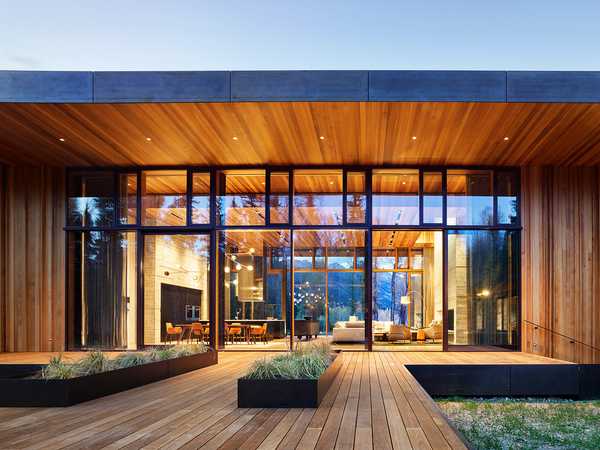
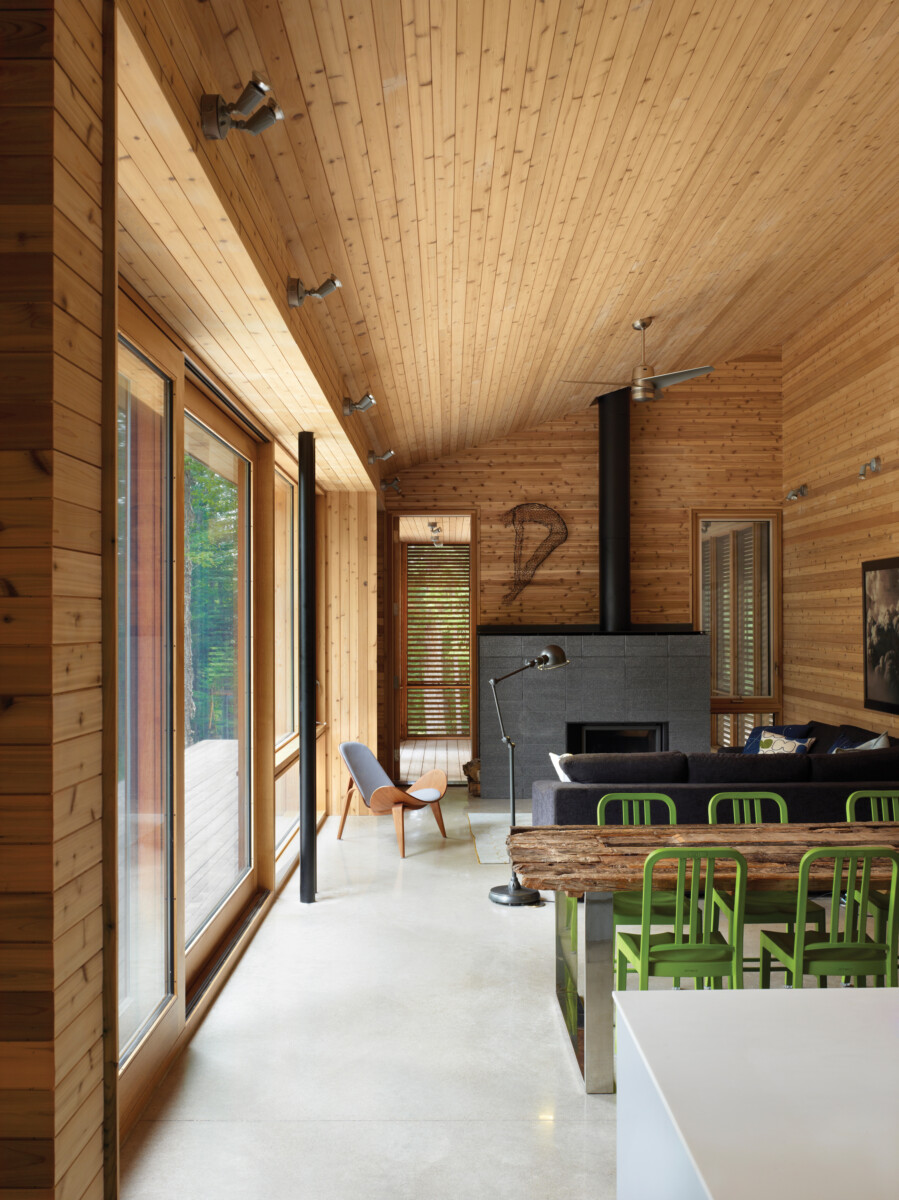
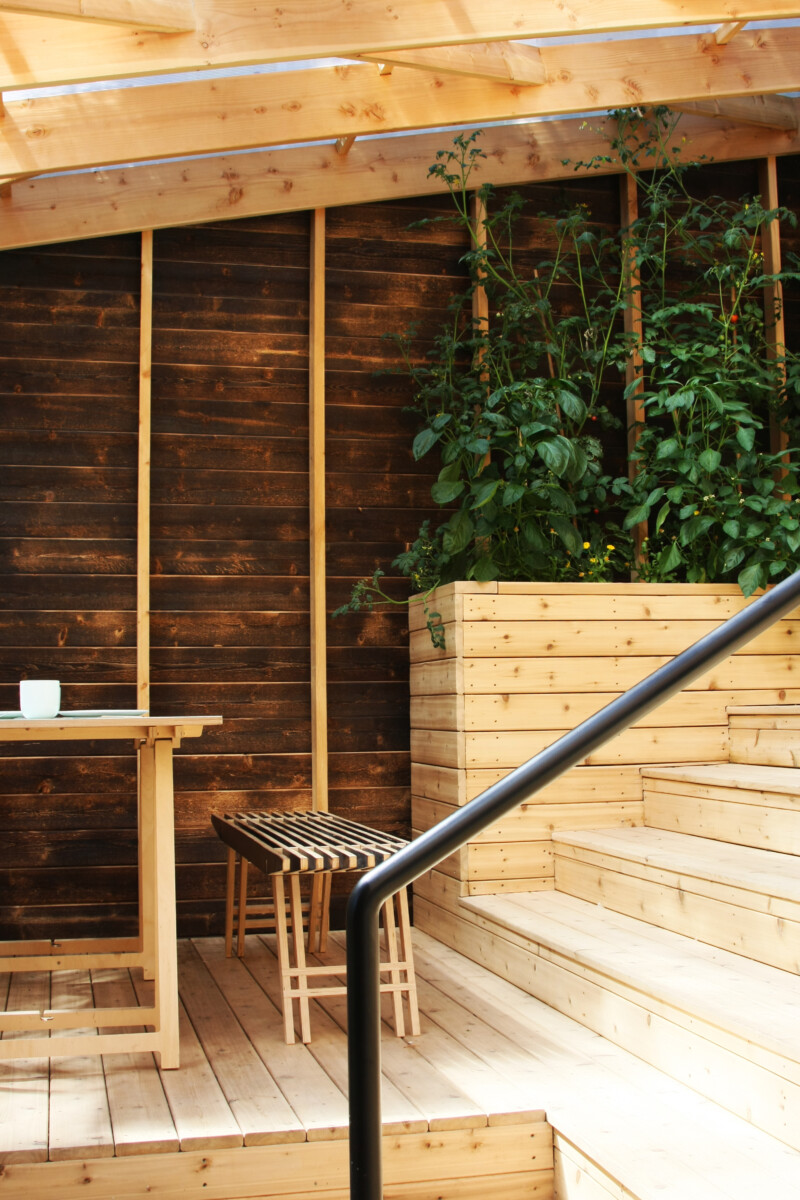 When it comes to meeting our innate need to connect with nature, wood offers a robust and immediate response. With wood’s warm textures, natural smells, and distinct visual patterns, grain, color, it’s a strong driver of biophilic design. It�’s tactile, visually pleasing, and offers a calming olfactory experience.
When it comes to meeting our innate need to connect with nature, wood offers a robust and immediate response. With wood’s warm textures, natural smells, and distinct visual patterns, grain, color, it’s a strong driver of biophilic design. It�’s tactile, visually pleasing, and offers a calming olfactory experience.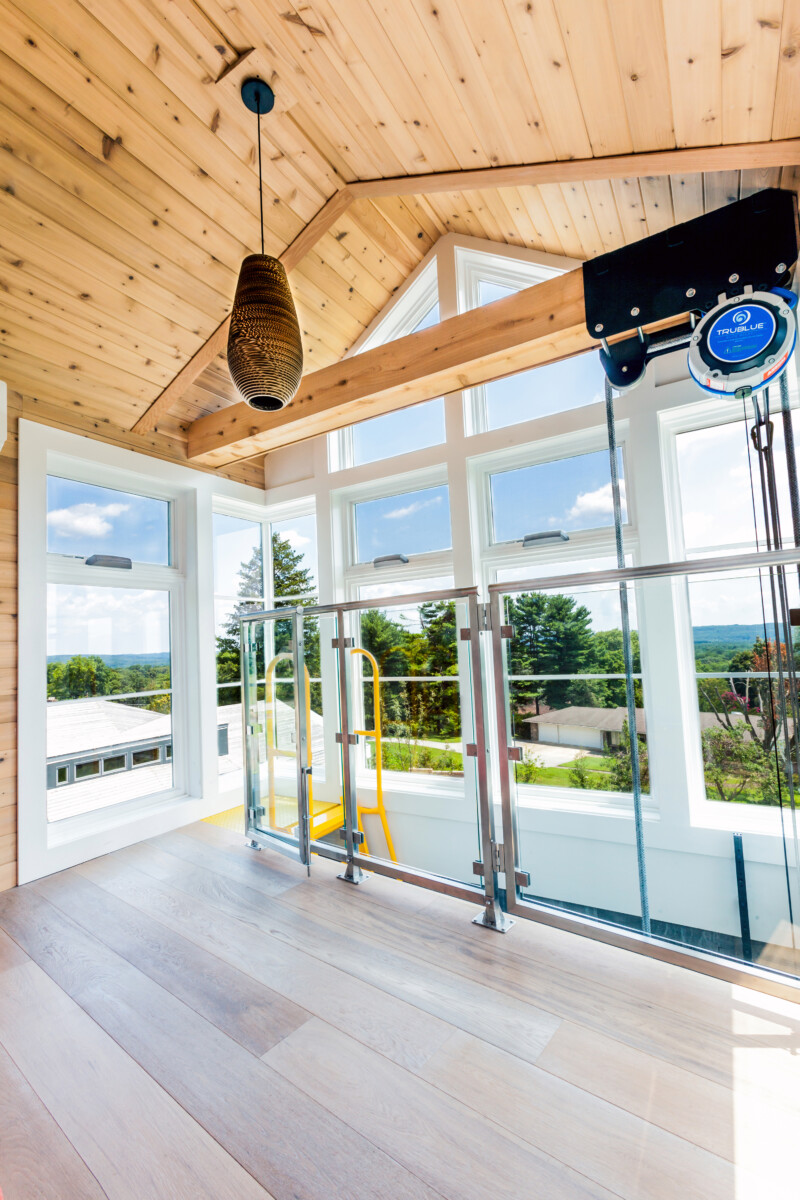 Western Red Cedar, in particular, with its rich tonal range and beautifully pronounced grain, is an ideal choice for biophilic design. Its robust nature and availability in a variety of grades, sizes and profiles provide design flexibility. This wood not only offers aesthetic beauty but also serves as a top-performing building material, enhancing the wellbeing of occupants for years to come.
Western Red Cedar, in particular, with its rich tonal range and beautifully pronounced grain, is an ideal choice for biophilic design. Its robust nature and availability in a variety of grades, sizes and profiles provide design flexibility. This wood not only offers aesthetic beauty but also serves as a top-performing building material, enhancing the wellbeing of occupants for years to come.

 Kayak Point House: Located in Stanwood, Washington, this project seamlessly blends modernism with natural surroundings. Architect Christopher Wright praises cedar for its “rich experiential quality” and ability to “suggest warmth and a connection to nature.”
Kayak Point House: Located in Stanwood, Washington, this project seamlessly blends modernism with natural surroundings. Architect Christopher Wright praises cedar for its “rich experiential quality” and ability to “suggest warmth and a connection to nature.”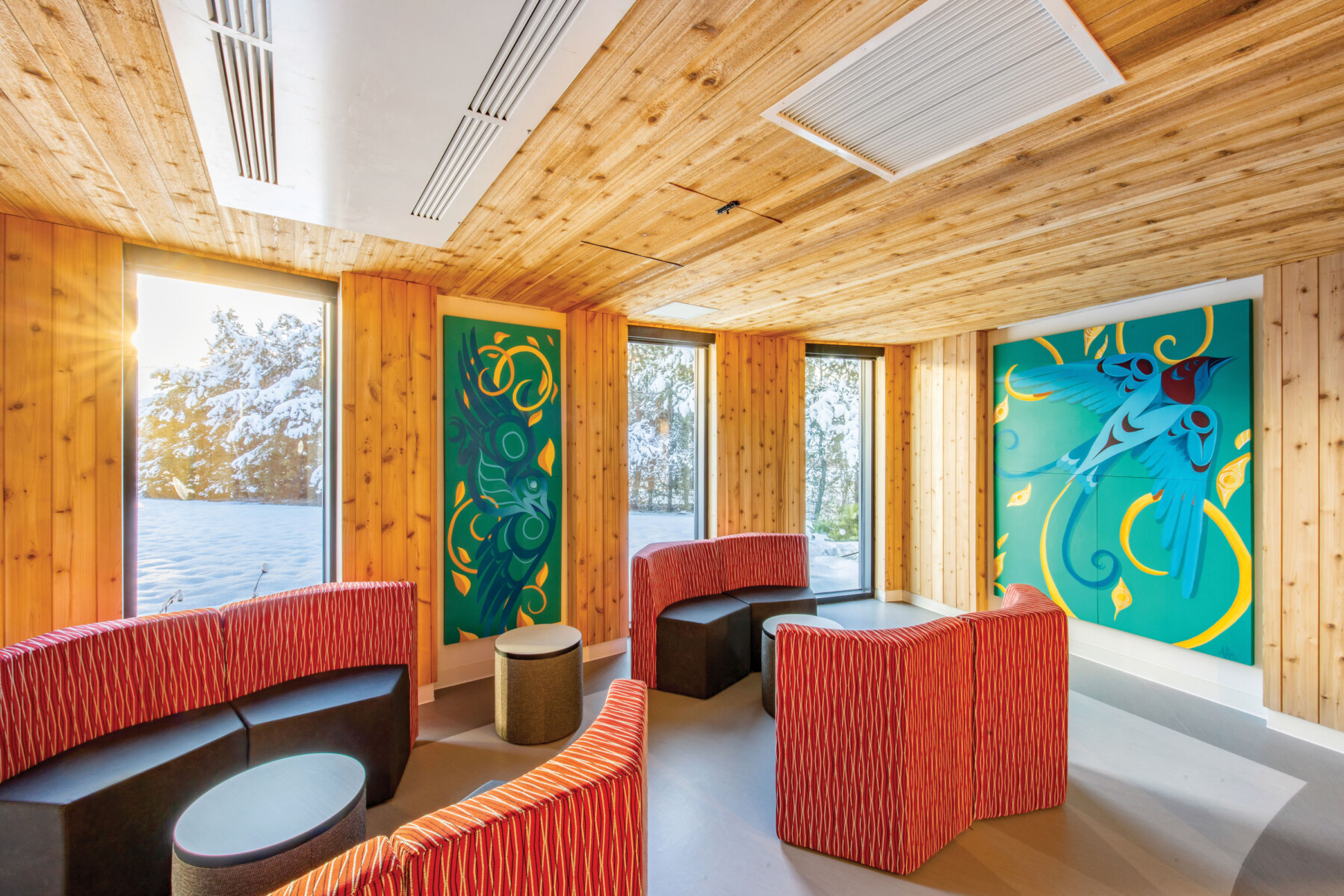 Wii Gyemsiga Siwilaawksat: Named by the Kitsumkalum community, this culturally safe student housing project provides a warm and inspiring workspace for First Nations students, epitomizing the positive impact of biophilic design on the learning environment.
Wii Gyemsiga Siwilaawksat: Named by the Kitsumkalum community, this culturally safe student housing project provides a warm and inspiring workspace for First Nations students, epitomizing the positive impact of biophilic design on the learning environment.

